The current craze about open source projects among budding and established developers is all for a good reason. Contributing to open-source projects has several advantages, including sharpening your coding skills and networking with industry experts.
And with an interesting range of the best open-source projects to contribute to in 2023, this could be an opportunity to try your skills in open-source projects.
Of course, anyone can contribute to these projects, irrespective of their level of expertise in coding. This article discusses some of the best open-source projects you can contribute to this year to test your knowledge and learn more skills.
How to Contribute to Open Source Projects
It can be difficult to begin contributing to open-source projects, particularly if you are a beginner. But this should not be a big worry.
With the following tips, you can get your footing into the world of open-source projects and adjust pretty fast.
- Find a Project – The first step would be finding a viable project to which you can contribute. Luckily, there are many open-source projects out there. You can find them on sites like GitHub, GitLab, or Bitbucket. You can start by looking for projects that interest you or relate to your skills.
- Read the Documentation – Once you find a project, read the documentation and get familiar with how the project works. Ensure you understand the project’s goals, the development process, and the code style guidelines.
- Check the Issues – Look for open issues or feature requests you can help handle. This is a great way to find something to work on that the project maintainers need help with.
- Introduce Yourself – If you find an issue you want to work on, introduce yourself to the project maintainers. Tell them you’re interested in contributing and ask for guidance or advice.
- Work on the Issue – Once you get the green light, start working on the issue. Make sure to follow the project’s coding conventions and style guidelines.
- Submit a Pull Request – Once you have made the necessary changes, submit a pull request. This will allow the project maintainers to review your code and merge it into the main codebase if they accept it.
- Be Patient – Remember that volunteers are the ones who are often responsible for maintaining open-source projects, so it may take some time for them to review your pull request. Be patient and be open to feedback from the maintainers.
When contributing to open-source projects, the most important thing is to be enthusiastic and willing to learn. Keep an open mind, be respectful to other contributors, and always try to learn new programming language skills.
Top 15 Best Open Source Projects to Contribute to in 2023
The following are some of the top projects that you can consider contributing to in 2023.
1. Linux Operating System
Discussing open-source projects without talking about Linux is nearly impossible, particularly if you are a Linux enthusiast.
Linux operating system is one of the world’s most popular open-source operating systems. Developed by Linus Torvalds and a global community of developers, Linux is an excellent project to contribute to for various reasons.
First, Linux is open-source software, meaning anyone can access, modify and distribute the source code for free. This characteristic allows developers to work collaboratively on the codebase, improve the software, and add new features. Contributing to Linux is an excellent way to learn about software development and gain experience contributing to a large and complex project.

Secondly, Linux is used in many fields and industries, from servers to smartphones and other embedded devices. Contributing to Linux means that you are helping to create software that powers critical infrastructure and machines worldwide, which can be very rewarding.
You will also appreciate that the Linux community welcomes and supports new contributors. Many resources are available for people who want to get involved in Linux development, including documentation, mailing lists, and forums. The community is also very active, with many opportunities for collaboration and feedback.
To contribute to Linux, one can start by identifying areas of the codebase that interest them and getting familiar with the development process. Linux has a vast codebase, so it’s crucial to identify focus areas to make meaningful contributions.
2. Mozilla
Mozilla is a global community of developers, designers, and contributors who work on various open-source projects, including the Firefox web browser, Thunderbird email client, and many other software and tools for the internet. Mozilla’s mission is to create a healthier internet, and millions worldwide use its open-source software.

Contributing to Mozilla is an excellent way to get involved in creating software used by millions of people globally.
You can contribute to Mozilla in the following ways:
- Code Contributions – Mozilla welcomes contributions from developers of all skill levels. You can contribute code to the Firefox web browser, Thunderbird email client, or other Mozilla projects.
- Localization – Mozilla’s software is available in many languages; you can help translate it into your language.
- Documentation – Mozilla has many open-source documentation tasks, including developer documentation, user manuals, and more.
- Design – Mozilla has many design projects, and you can contribute to the design of the Firefox web browser or other Mozilla projects.
- Community Management – Mozilla has a large and active community of developers and contributors, and you can help with community management by organizing events, answering questions on forums, and more.
3. Django
Django is a high-level web framework many developers use to build complex web applications quickly. Django is written in Python and is designed to be easy to use and flexible. Django has a large and active community of developers who work on the project, making it an excellent place to learn about web development and Python.
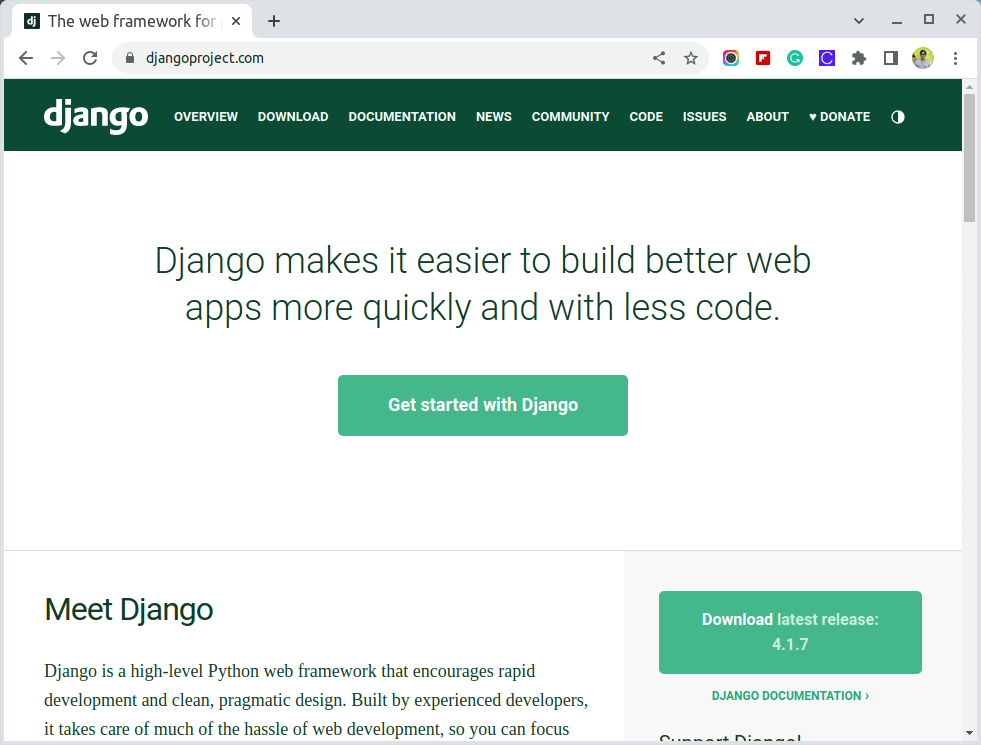
Contributing to Django involves working on the codebase, improving documentation, and helping with community management. Besides, Django has a user interface design project, and you can contribute to the design of the Django admin interface or other Django-related projects.
That is certainly something that you can try out too. Django has a large and active community of developers who work on the project, making it an excellent place to learn about web development and Python.
4. TensorFlow
TensorFlow is an open-source machine learning framework developed by Google. Developers and researchers use TensorFlow to build and train machine learning models. TensorFlow’s large community of developers and researchers contribute to the project, making it an excellent place to learn about machine learning and artificial intelligence.
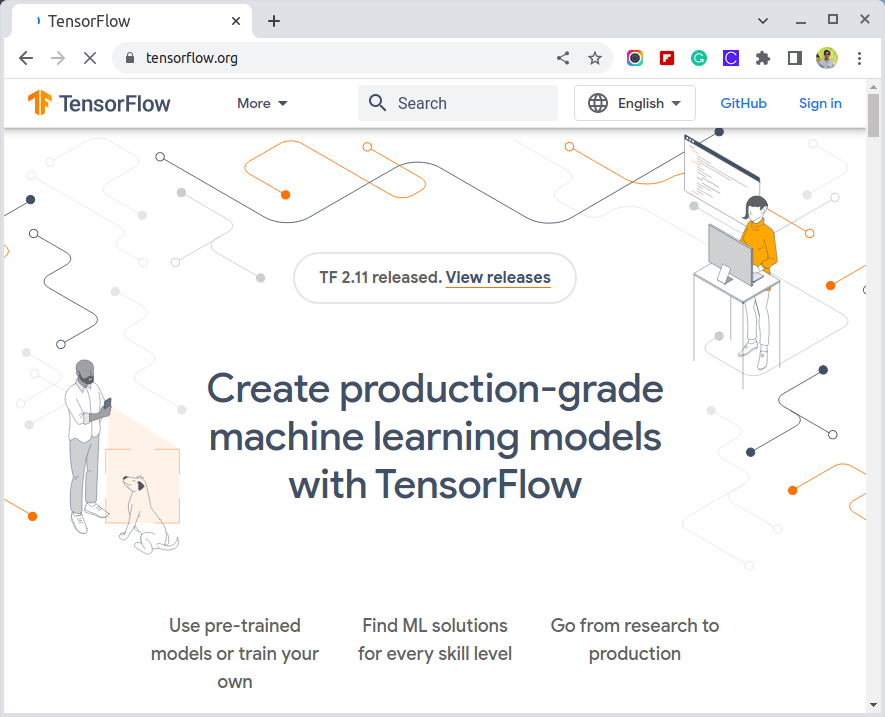
Contributing to TensorFlow involves working on the codebase, improving documentation, and creating tutorials and educational materials. Moreover, TensorFlow’s large community of developers and researchers contribute to the project, making it an excellent place to learn about machine learning and artificial intelligence.
5. Git
Git is a distributed version control system that allows developers to collaborate on code and manage changes to their codebase.
With Git, developers can track changes to their code, work on different features and bug fixes simultaneously, and merge their changes seamlessly. Git was created by Linus Torvalds, the creator of the Linux operating system, and has become one of the world’s most widely used version control systems.
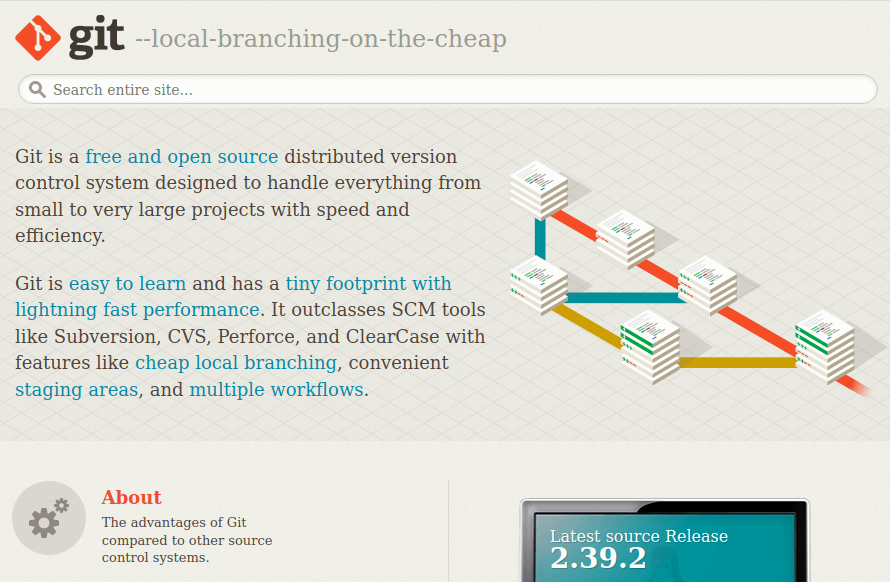
There are various ways to contribute to Git, including code contributions, documentation, user interface design, and community management. For code contributions, Git welcomes developers of all skill levels to contribute to the Git version control system or other Git-related projects.
Additionally, Git has a comprehensive documentation set; contributors can help improve it by fixing errors, updating outdated information, and more. Other ways of contributing to this project are to help improve the design interface and manage the vibrant community of developers.
6. Docker
Docker is an open-source platform that allows developers to develop, package, and deploy applications as containers. With Docker, developers can easily create and deploy applications across different environments, from development to production, with consistent performance and functionality.

Docker has become an essential tool for many developers and organizations, making it a valuable open-source project to contribute to. You can contribute to Docker through code contributions, documentation, testing, and community management. For code contributions, Docker welcomes developers of all skill levels to contribute to the Docker platform or other Docker-related projects.
Testing is also an essential aspect of Docker, and contributors can help by writing and executing test cases for the Docker platform or other Docker-related projects. Finally, community management is an essential aspect of Docker, and contributors can help with community management by organizing events, answering questions on forums, and more.
7. Neovim
Neovim is a fork of the popular Vim text editor designed to provide a more modern and extensible version.
It is built on top of Vim and offers a range of new features and improvements, including better support for plugins, asynchronous processing, and better integration with other tools and languages.
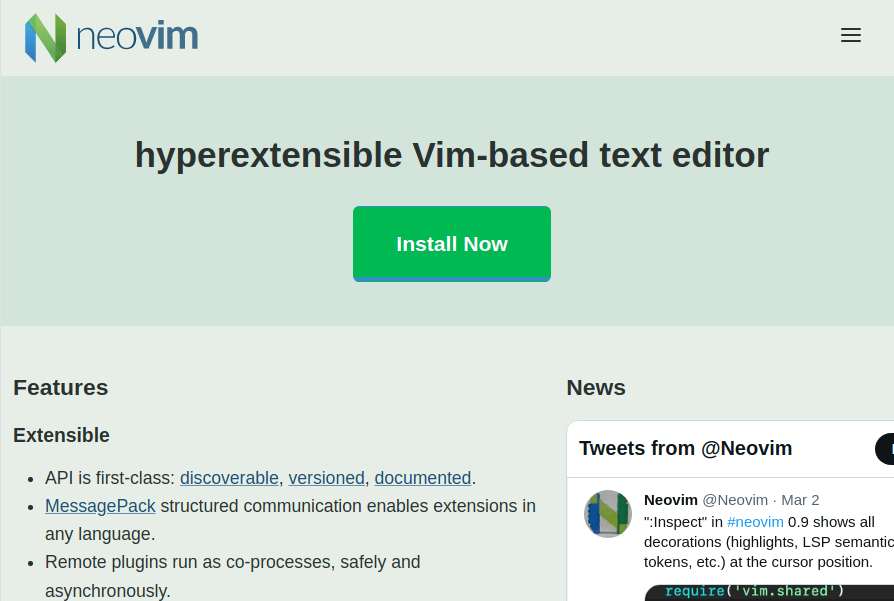
The features allow faster and more responsive editing and better integration with other tools and languages. It is one of the best projects to contribute to in 2023.
8. OpenCV
OpenCV (Open Source Computer Vision Library) is an open-source computer vision and machine learning software library. It allows developers to create applications that can analyze and process digital images and videos and detect and recognize objects, faces, and gestures.
OpenCV supports a wide range of programming languages, including Python, C++, and Java, and it is widely used in various industries, such as robotics, healthcare, and entertainment. OpenCV is a large and complex library with many areas for potential contribution.
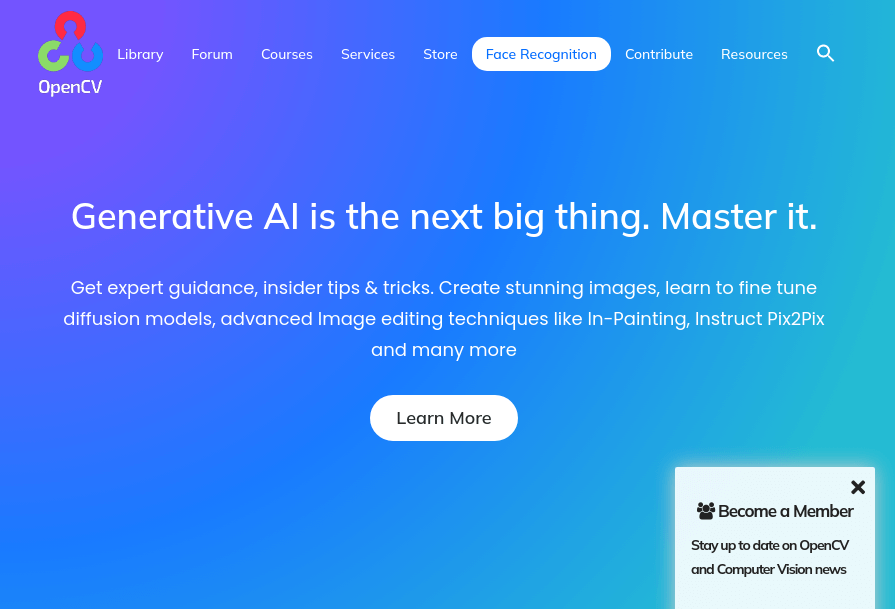
Some areas where you could contribute include adding new features, fixing bugs, improving performance, writing documentation, or creating tutorials. To get started, you could join the OpenCV community forums, browse the OpenCV issue tracker, or check out the OpenCV documentation.
9. Ansible
Ansible is an open-source automation tool that allows IT administrators to automate their infrastructure and configuration management tasks. It uses a simple YAML-based language to describe automation tasks and does not require any agents or additional software to be installed on the target systems.
Ansible is often used for server provisioning, application deployment, and network configuration tasks. You can use it to automate tasks across both on-premises and cloud-based environments.
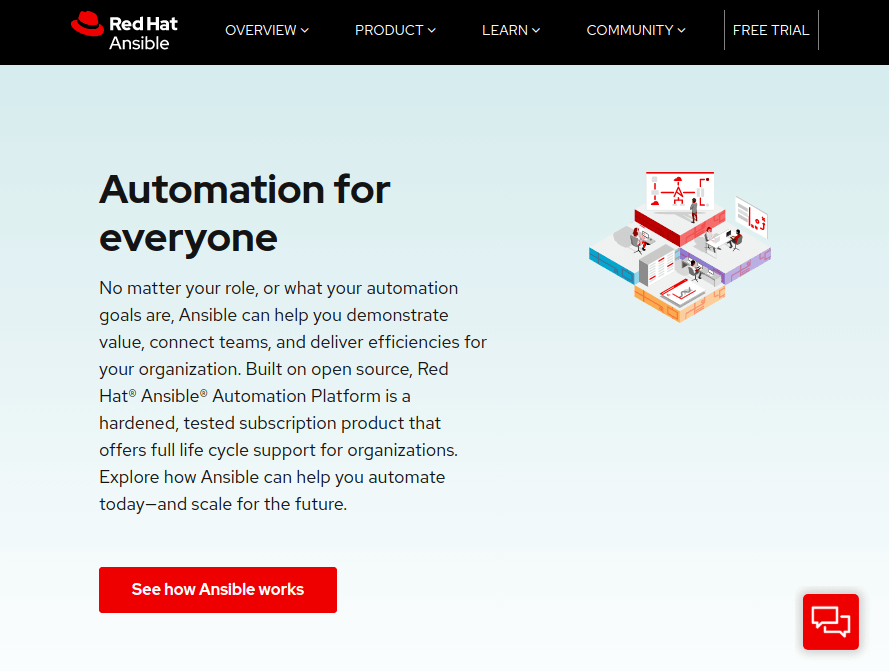
Undoubtedly, this is one of the best open-source projects to contribute to. It has a large and active community of contributors, and you could contribute to the project in many ways.
Notable areas for contribution include writing modules, improving documentation, creating or updating plugins, or contributing to the Ansible Galaxy community content hub. You can start by joining the Ansible community forums, browsing the Ansible issue tracker, or checking out the documentation.
10. Apache Tomcat
Apache Tomcat is an open-source web server and servlet container for Java-based web applications. It is designed to be lightweight, easy to use, and highly configurable. Tomcat is widely used in enterprise applications and provides a robust and scalable platform for deploying web applications.
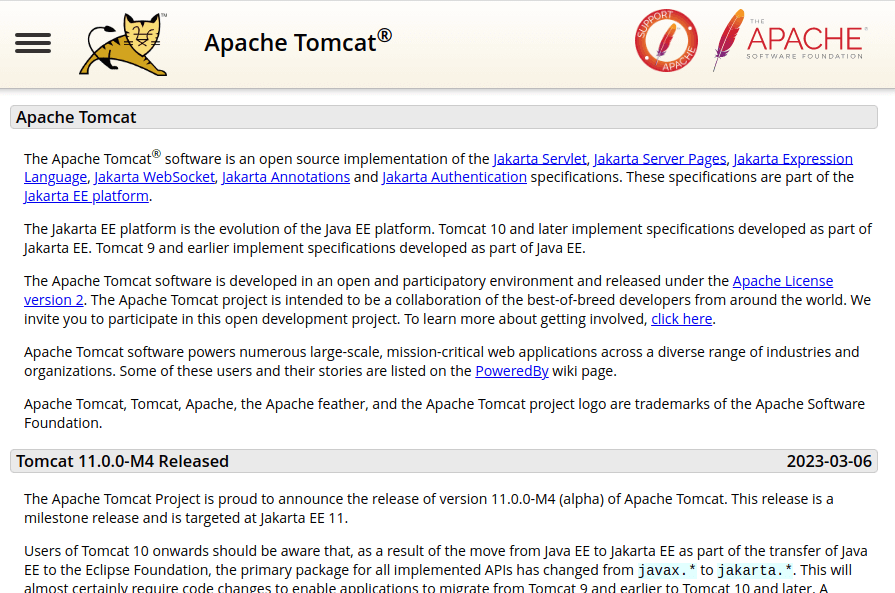
Apache Tomcat is an open-source project, and contributions from the community are always welcome. You can do this by reporting issues, testing, documentation, code contributions, and community support.
11. Mastodon
Mastodon is an open-source, decentralized social network that allows users to connect and communicate with each other using microblogging. It is similar to Twitter but designed to prioritize user privacy, community moderation, and content curation.
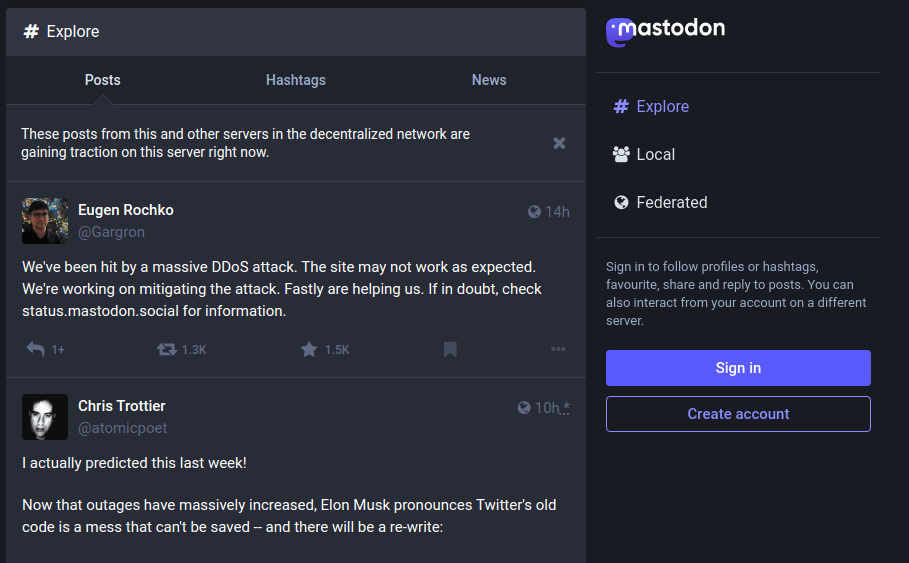
It uses a distributed architecture that allows users to create and join instances, essentially individual communities with rules, moderators, and content. Unlike Twitter, Mastodon does not have a central authority or advertising, and it is often used by activists, journalists, and marginalized communities.
To contribute to Mastodon, you could create or join an instance, help with instance moderation, translate the Mastodon interface into other languages, contribute to Mastodon documentation, or contribute to the Mastodon source code on GitHub.
12. React
React is a JavaScript library for building user interfaces. It is often used to create dynamic and interactive web applications. React allows developers to break down the user interface into reusable components, simplifying the development process and making the code more maintainable.
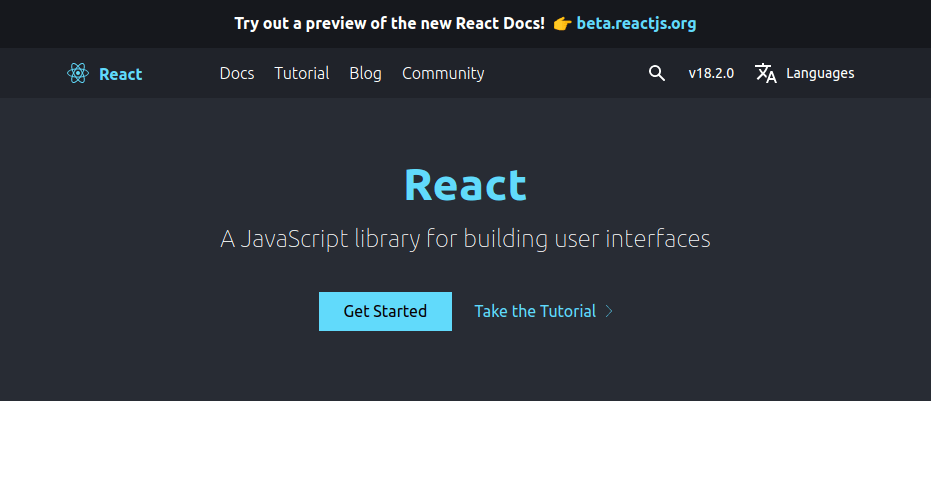
Contributing to React could involve fixing bugs, creating new features or components, improving documentation, or providing feedback on issues or pull requests. The React repository on GitHub is a good place to start.
13. Kubernetes
Kubernetes is an open-source container orchestration platform widely used for automating containerized applications’ deployment, scaling, and management. It was originally developed by Google and is now maintained by the Cloud Native Computing Foundation (CNCF).

Kubernetes provides several features that make it a popular choice for managing containerized applications in production environments. These features include scalability, portability, resilience, and extensibility.
Contributing to the Kubernetes project can be a great way to learn new skills and help improve the platform for everyone. Notable ways to contribute to Kubernetes include documentation, code distributions, testing, and community involvement.
14. Sigstore
Sigstore is an open-source project that provides a framework for securely signing and verifying software artifacts. This helps to establish trust in software supply chains by allowing developers to prove the authenticity and integrity of their code. Sigstore uses a combination of transparency logs, cryptographic signatures, and identity verification to provide strong security guarantees.

Contributing to Sigstore could involve contributing to the codebase, helping to improve the documentation or user experience, or participating in the community discussion and feedback process. The Sigstore repository on GitHub is a good place to start.
15. IncludeOS
IncludeOS is an open-source operating system designed to build and deploy cloud applications and one of the best open-source projects to contribute to in 2023. It is lightweight and efficient and can run in various environments, including virtual machines, containers, and bare-metal hardware.
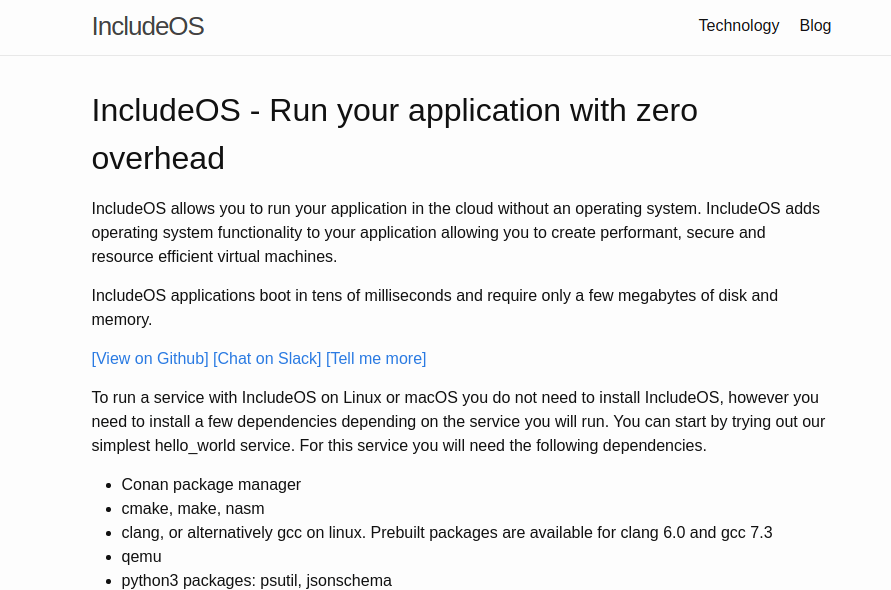
IncludeOS features an easy-to-use design. Besides, it provides high performance and security for cloud applications. Interestingly, you can find several ways to contribute to this open-source project.
What to Consider When Contributing to Open Source Projects
When contributing to open-source projects, there are a few key things to consider:
- Please choose the right project – Choosing a project that aligns with your interests and skill set is important. Look for a project that has an active community and is well-maintained.
- Read the contribution guidelines – Before making any contributions, read the project’s contribution guidelines. This will help you understand the project’s standards and expectations for contributions.
- Start small – If you’re new to the project, starting with small contributions such as bug fixes or documentation updates is a good idea. This will help you get familiar with the project’s codebase and development process.
- Communicate with the community – Open source projects thrive on collaboration and communication. It’s important to communicate with the project’s community, whether it’s through mailing lists, forums, or chat channels. Ask for feedback on your contributions and be willing to provide feedback to others.
- Be patient and persistent – Contributing to open-source projects can be slow and iterative. Please keep positive even if your contributions are not immediately accepted, or it takes time to get feedback. Stay persistent and keep working on improving your contributions.
- Follow licensing and copyright rules – Ensure that you understand the licensing and copyright rules of the project you are contributing to. It is important to respect the project’s intellectual property and its contributors.
Conclusion
The above are some of the best open-source projects to contribute to in 2023. Contributing to open-source projects is an excellent way to learn new skills, gain experience, and positively impact the world.
It requires patience, persistence, and a willingness to collaborate with others. Each of these projects has an active community of developers and contributors collaborating on various projects, making them excellent places to get involved in open-source development.
